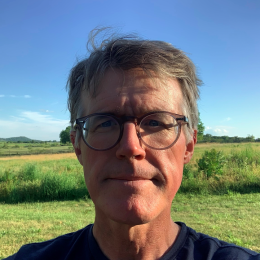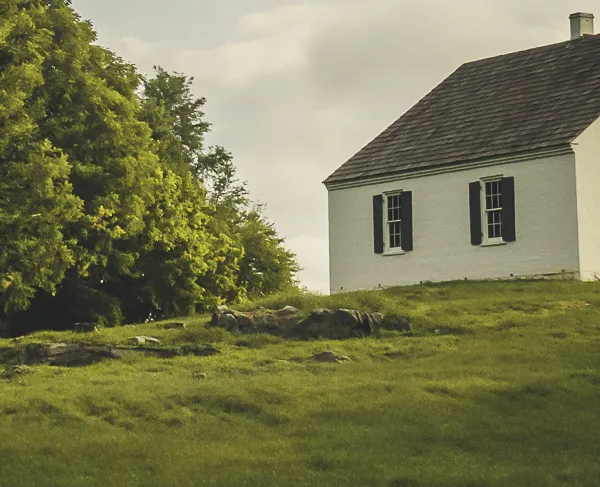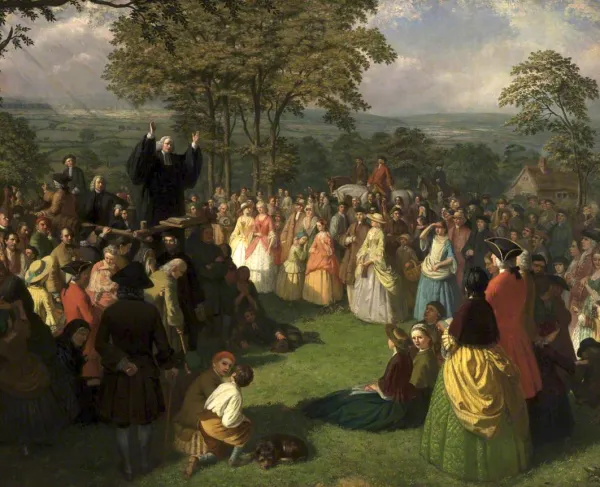
"Preaching at a Methodist Camp Meeting in Eastham Massachusetts 1850s"
At the beginning of the Civil War, the United States was a nation of religious people. The 1860 United States Census recorded 28 different Protestant denominations, a small but thriving Jewish community, and a steadily growing number of Roman Catholics. Together, these institutions included 19,128,750 Americans. Among the Protestant churches, the largest number of adherents belonged to either Methodist (32%), Baptist (19%), or Presbyterian (10%) churches while 14% affiliated themselves with Congregational, Episcopal, Christian, and Lutheran congregations. Another 7% belonged to Roman Catholic parishes. The remaining faithful attended subsets of the Baptist and Presbyterian churches, Jewish synagogues, Unitarian congregations, Universalist meetings, and a variety of other ethnically defined churches.
The steady Protestant growth resulted from a series of revivals known in retrospect as the Second Great Awakening. The revivals were national in their scope, but to most people they were local events, shaped by local preachers and lay leaders, determined by local customs and economy, and played out in local congregations. Catholicism, which had been a minor church in the United States’ first decades, grew largely as a result of immigration from Germany and Ireland between 1820 and 1860. This growth alarmed many Protestants who feared an increase of Catholic influence and created a backlash that manifested in print, in occasional violence, and in political organizations.
In both the North and South, women played critical roles in the development of evangelical faith. Even though women did not serve as pastors or deacons, they did play primary roles in Church School (or Sunday School) and were influential in their roles in promoting piety at home. In many congregations, women made up most full members and their voices were influential in setting the direction of congregational policy and practice.
African Americans, both enslaved and free, developed church patterns that both followed the larger patterns of the white church but also diverged in important ways. In the free states, the African Methodist Episcopal Church, founded by Richard Allen in Philadelphia in 1816, became an important and influential center of faith, community, and political activism.
In the slaveholding states, the pattern was more complicated. For most enslaved people in the plantation districts, worship was typically in biracial – though rigorously segregated – churches. Several large, all-Black churches existed in the South’s urban centers. Within them, free and enslaved peoples created autonomy and a political community. These churches, however, were closely monitored by Whites and in times of tension were shuttered. In “hush harbors” and secret prayer meeting, however, separate from white over-sight, Black Christians created entirely autonomous worship.
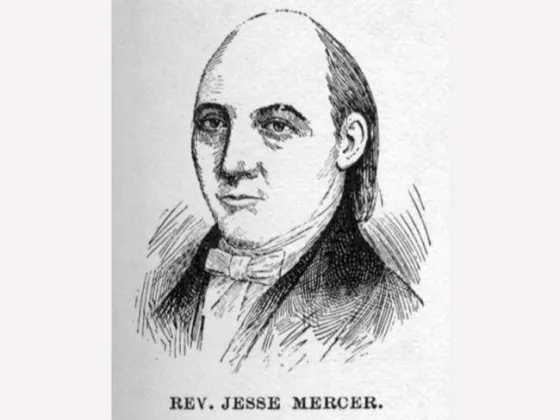
Though the northern and southern branches of the major evangelical denominations shared theology, church governance, an investment in missionary work both at home and abroad, and a literalist approach to reading the Bible, during the 1820s and 1830s they increasingly grew apart because of their positions concerning slavery. This division came to a breaking point in the 1840s when southern Methodists (1844) and Southern Baptists (1845) broke from their northern counterparts over disputes about the propriety of employing missionaries who were slave owners. At the time, many saw this division as a step toward political disunion.
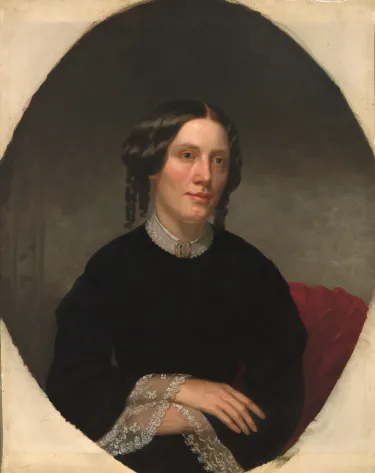
The division of the churches into northern and southern denominations sharpened the nation’s religious divide. In the 15 years before secession and Civil War southern Methodists and Baptists brought to maturity a pro-slavery theology that touted the morality of slaveholding, the superiority of slave society, and the racial inferiority of African Americans. At the same time, the perfectionism and millennialism of the northern churches provide a moral foundation for a variety of social reform movements including antislavery. Though reading the same Bible and praying to the same God, America’s churches had by the 1850s become distinctly separate with very different views as to what God’s plan was for the future.
Further Reading:
- Broken Churches, Broken Nation By: Clarence C. Goen.
- The Democratization of American Christianity By: Nathan Hatch.
- The Civil War as a Theological Crisis By: Mark Noll.
- Redeeming the Southern Family: Evangelical Women and Domestic Devotion in the Antebellum South By: Scott Stephen.
- Taking Heaven By Storm: Methodism and the Rise of Popular Christianity in America By: John Wigger.
